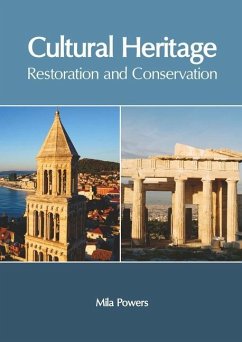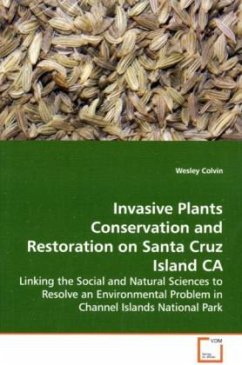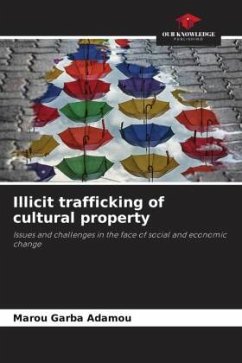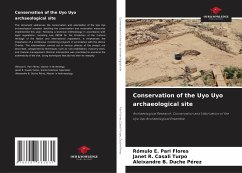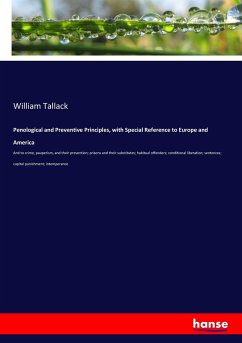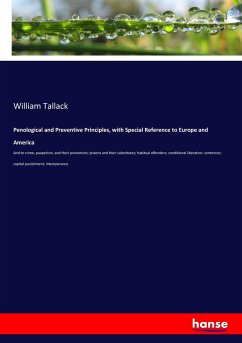
Preventive Archaeological Conservation
Versandkostenfrei!
Versandfertig in 6-10 Tagen
27,99 €
inkl. MwSt.

PAYBACK Punkte
14 °P sammeln!
Since time immemorial, man has had the need to identify himself with a social group and a culture of his own; the search for this inclusion has been going on since we acquired the ability to reason. The desire to determine our origins prompts us to investigate the interpretation and understanding of the remains left by those who came before us, which make up their material culture. Many of these remains are buried, which is why they need to be brought to light. This work studies the preventive conservation measures that should be applied to archaeological artefacts, from their rescue in situ t...
Since time immemorial, man has had the need to identify himself with a social group and a culture of his own; the search for this inclusion has been going on since we acquired the ability to reason. The desire to determine our origins prompts us to investigate the interpretation and understanding of the remains left by those who came before us, which make up their material culture. Many of these remains are buried, which is why they need to be brought to light. This work studies the preventive conservation measures that should be applied to archaeological artefacts, from their rescue in situ to their deposit in the laboratory. It will be exemplified with the case study of a fieldwork developed in the archaeological site PUKARA LA ALUMBRERA, in the province of Catamarca, Argentina.





